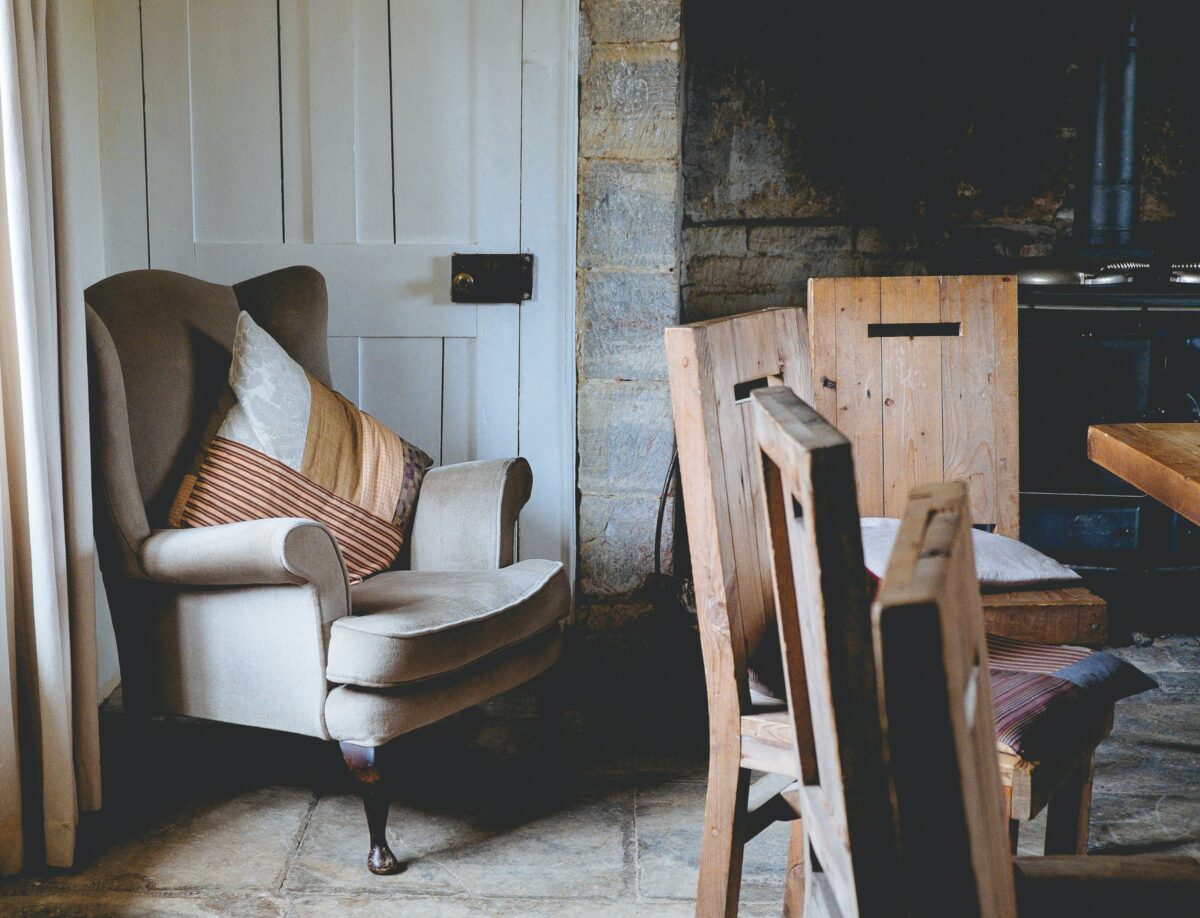Lighting technology has seen significant advancements since the era of incandescent bulbs, which were once the standard for illuminating homes and businesses. While groundbreaking at the time, these early bulbs were inefficient, converting only a tiny fraction of their energy into light, with the rest lost as heat. Over the years, innovations in lighting have introduced more efficient and versatile options, such as compact fluorescent lamps (CFLs) and light-emitting diodes (LEDs), transforming how we light our spaces.

Jonathan Simcoe
Today, the focus is on sustainability and energy efficiency, leading to the widespread adoption of LED technology. LEDs are among the most energy efficient light bulbs available, consuming significantly less power than their incandescent predecessors while providing a comparable or even superior quality of light. This shift reduces energy consumption, lowers electricity bills, and minimizes environmental impact, making LEDs popular for residential and commercial lighting.
Types of Energy-Efficient Bulbs
Energy-efficient light bulbs come in a variety of varieties, each with unique advantages to meet various lighting requirements:
- LED (Light Emitting Diode): LED bulbs are highly efficient, using up to 75% less energy than conventional incandescent bulbs. These bulbs are known for their long lifespan, often lasting up to 25 times longer than incandescent bulbs. LEDs are also available in various colors and brightness levels, making them versatile for multiple lighting requirements. LEDs are ideal for residential and commercial applications thanks to their energy efficiency, durability, and low heat emission.
- CFL (Compact Fluorescent Lamp): CFL bulbs use about 70% less energy than incandescent bulbs and offer a long lifespan. Though they are significantly less expensive than LEDs, they must be disposed of carefully because they contain a small quantity of mercury. Despite this, CFLs provide more natural light than older fluorescent lighting options and are suitable for many household applications, including indoor and outdoor lighting. Their spiral design is engineered to fit into fixtures originally designed for incandescent bulbs, making them a convenient option for retrofitting.
- Halogen Incandescents: An improved version of the traditional incandescent bulb, halogen incandescents are about 30% more efficient and offer bright, natural light. These bulbs operate at higher temperatures, producing a light that closely mimics daylight. Halogen incandescents suit those looking for a familiar lighting quality with added energy savings. They also have the advantage of being fully dimmable, providing flexibility in creating the desired ambiance in different settings.
Benefits of Energy-Efficient Lighting
Switching to energy-efficient lighting offers numerous advantages that extend beyond just cutting back on electricity usage:
- Energy Savings: The considerable decrease in energy usage is among the most noticeable advantages. Compared to their incandescent counterparts, LED and CFL lamps consume far less electricity. This lower energy usage directly reduces power bills and energy savings over time. Switching to energy-efficient bulbs can significantly decrease your household’s or business’ overall energy consumption, leading to substantial monthly savings.
- Lower Utility Bills: With less energy usage comes lower electricity bills, providing a return on investment over the bulb’s lifespan. For homeowners and businesses alike, this can lead to substantial long-term savings that alleviate the burden of high energy costs. Energy-efficient bulbs might have a higher upfront cost, but their longer lifespan and reduced energy consumption make them a more cost-effective solution in the long run.
- Environmental Protection: Reduced energy consumption means fewer greenhouse gas emissions, contributing to a healthier planet. Energy-efficient bulbs help decrease the overall demand for power plants, which rely on fossil fuels. Ultimately, this has a beneficial effect on the environment and reduces carbon footprint. Making the conscious decision to use energy-efficient lighting helps promote sustainability and lessen your environmental influence.
Cost Savings and Energy Efficiency
Investing in energy-efficient bulbs can lead to significant cost savings over time. LED bulbs, for instance, last up to 25 times longer than incandescent bulbs and consume a fraction of the electricity. This longevity and efficiency can translate to substantial energy savings and lower utility bills. According to Climate Action, households can save hundreds of dollars annually by switching to energy-efficient lighting options. These savings accumulate over the years, making energy-efficient bulbs a prudent investment for residential and commercial property owners.
Moreover, governments provide various incentives and refunds to promote energy-efficient lighting, further reducing initial expenses. These programs aim to encourage the uptake of energy-efficient technology and ease consumers’ shift towards them. These incentives can enhance your cost savings and make the shift to energy-efficient lighting even more economical. Exploring the rebates and programs available in your locality is essential to maximize your potential savings.
Environmental Impact
The environmental advantages of energy-efficient lighting are significant and wide-ranging. By using less electricity, energy-efficient bulbs help reduce the strain on power plants, which often depend on fossil fuels for energy generation. This decrease in energy production results in lower carbon dioxide emissions and other greenhouse gases, significantly contributing to climate change. Individuals can substantially reduce their carbon footprint and support environmental sustainability by switching to energy-efficient lighting. By educating yourself about the environmental impact of your lighting choices, you can make more informed decisions that benefit your home and the planet.
Proper Disposal and Recycling
Proper disposal and recycling of old energy-efficient bulbs is crucial for environmental protection. CFLs, which contain a small amount of mercury, require unique disposal methods to prevent contamination. Many cities and municipalities offer recycling programs for light bulbs, ensuring safe and responsible disposal. Checking local regulations is essential for proper disposal. Proper recycling helps keep harmful substances out of the environment and allows for the recovery and reuse of valuable materials, contributing to a sustainable and circular economy. Adopting energy-efficient lighting solutions minimizes their environmental impact, and responsibly disposing of old bulbs ensures environmental protection and sustainability.
Conclusion
Transitioning to energy-efficient lighting is a wise decision that benefits your finances and the environment. Multiple options, from LEDs to halogen incandescents, offer an energy-saving solution for every need. Making informed decisions that can brighten your house and your future is possible if you know the many types of bulbs and their distinct advantages. Making the switch to energy-efficient lightbulbs is an investment in a more sustainable and profitable future.
Switch to energy-efficient bulbs today and enjoy numerous advantages, from cost savings to environmental protection. By choosing energy-efficient lighting, you are making a conscious decision to reduce your energy consumption, save money, and promote a healthier planet. Light up your future with energy-efficient bulbs and experience their positive impact on your life and the environment.




